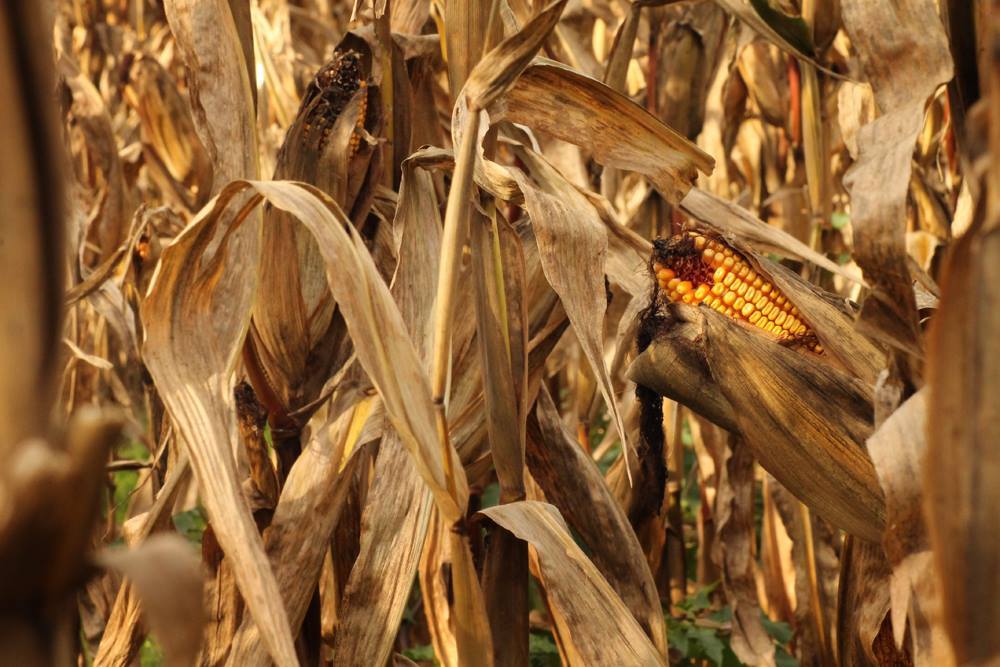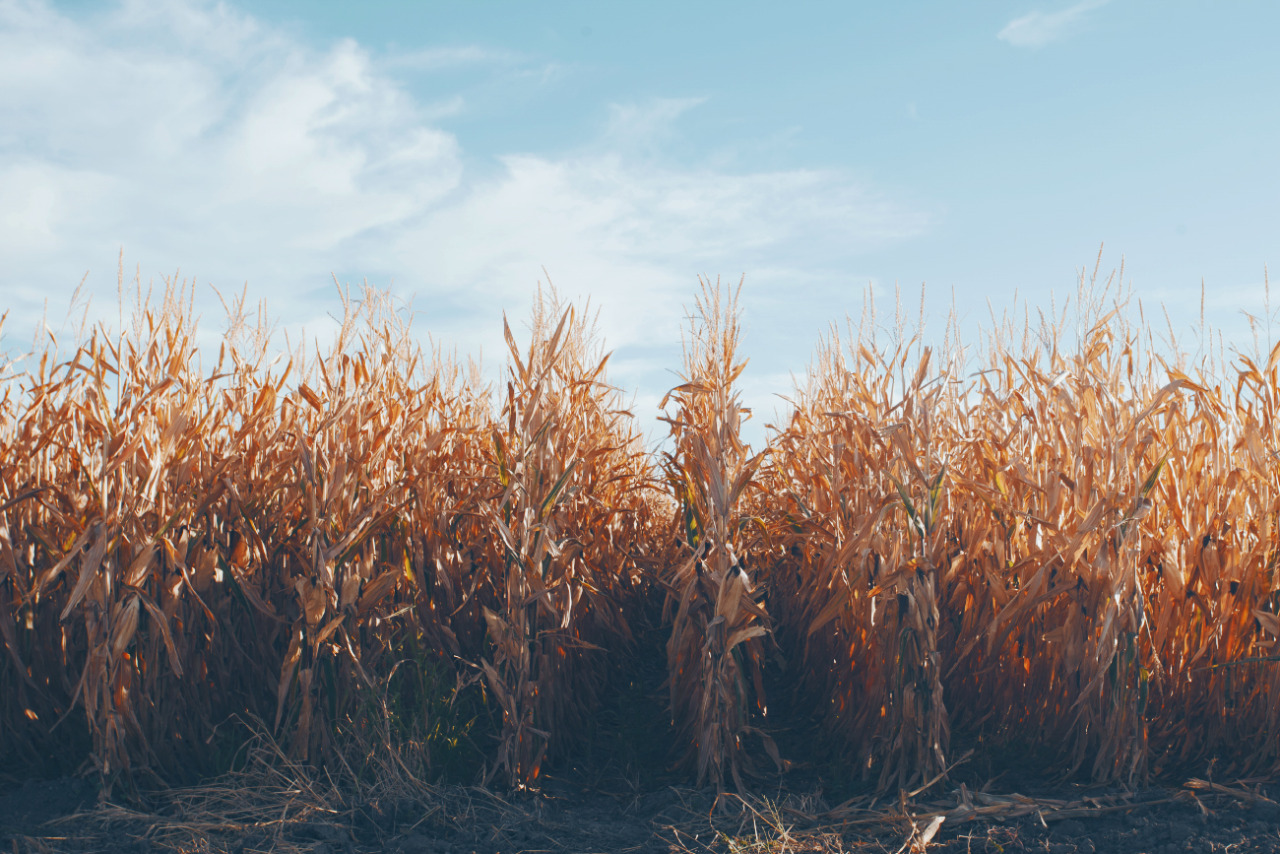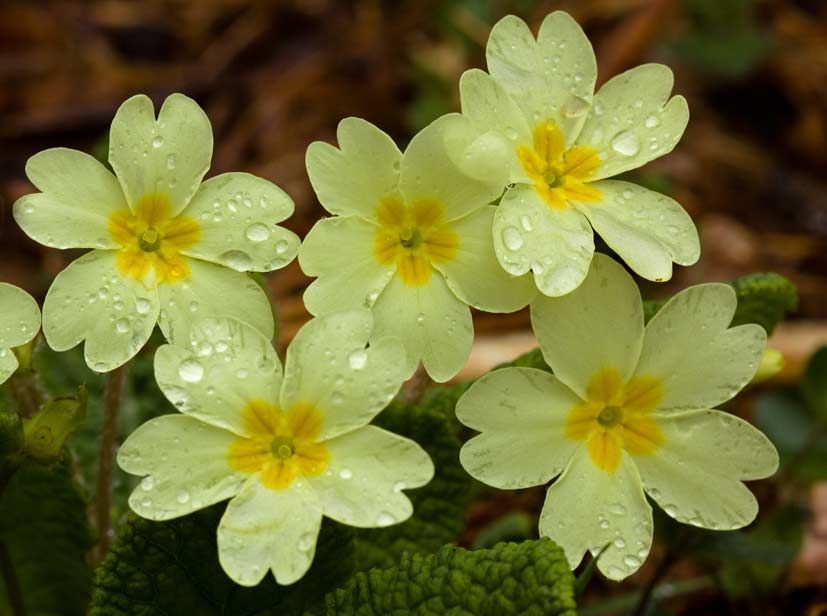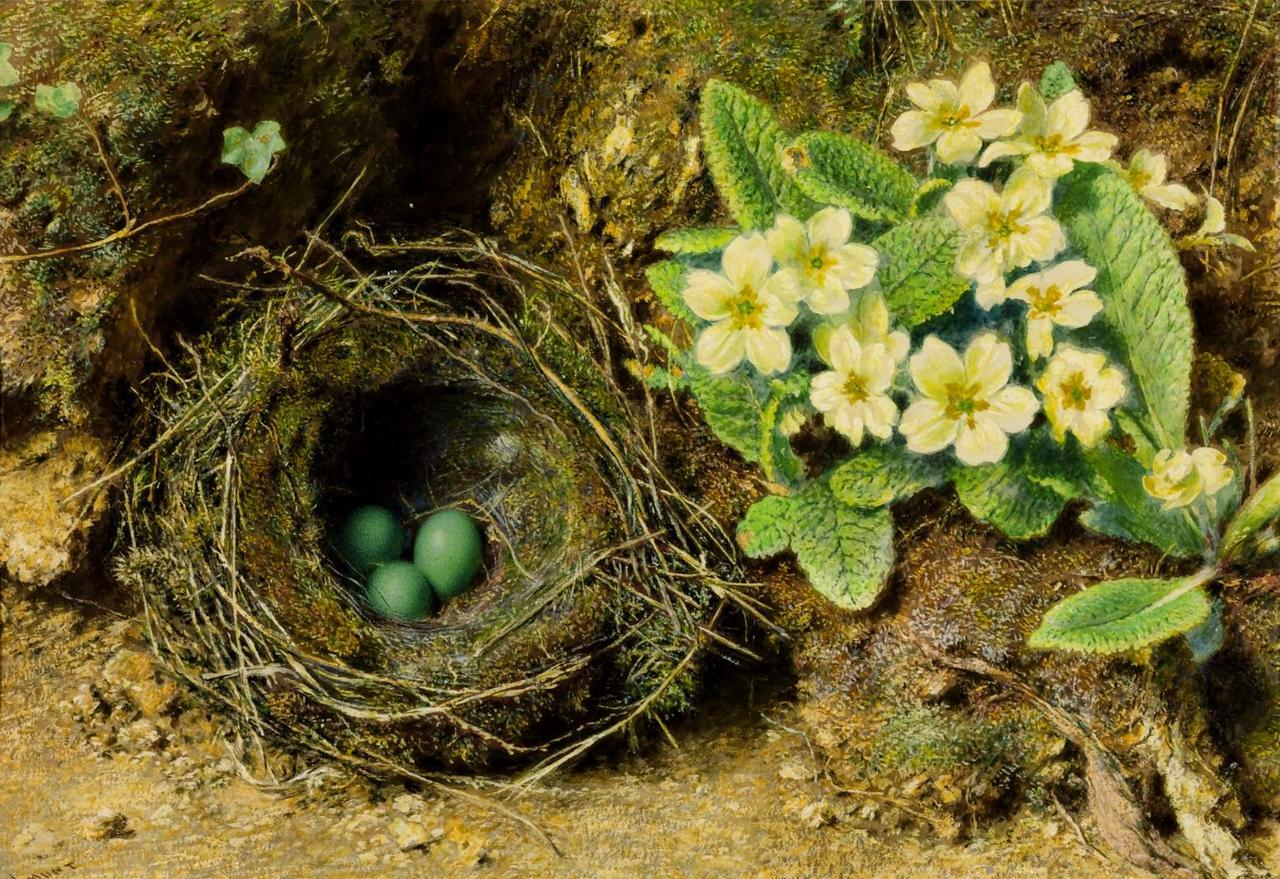“The diary is my kief, my hashish, and opium pipe. This is my drug and my vice. Instead of writing a novel, I lie back with this book and a pen, and dream, and indulge in refractions and defractions… I must relieve my life in the dream. The dream is my only life. I see in the echoes and reverberations, the transfigurations which alone keep wonder pure. Otherwise all magic is lost. Otherwise life shows its deformities and the homeliness becomes rust…. All matter must be fused this way through the lens of my vice or the rust of living world would slow down my rhythm to a sob.” (Anais Nin)
 Picture by Svetlana Zdrnja, found here.
Picture by Svetlana Zdrnja, found here.
I love reading diaries, or journals, how ever you wanna call them. Journal of Anais Nin in particular because it’s so full of feelings, sincerity and imagination, and because there is so many volumes of it. Franz Kafka’s diary entries are fascinating as well. Journals, letters, memoirs, I am getting more and more interested in this intimate, introspective, raw side of writing. And… I also enjoy journaling!
I have been writing in my diary regularly since the beginning of 2015 and it was one of the best decisions in my life. It started by accident; I had gotten a diary from a family member with one page for one day, and it occurred to me to perhaps start writing in it every day, but I hesitated because, being an introvert and a dreamer that I am and being a person who spends most time in her bedroom like young Morrissey, I didn’t want to be confronted by seeing how boring my life actually is. I don’t hang out with people, I don’t go places, I don’t travel… what is there worthy of writing? That is how my thoughts went on, but I started writing it nonetheless; I consciously wrote it in a way that would eliminate feelings because feelings are passing, changeable and may be embarrassing to read later on. I chose instead to focus on things which are beautiful! I wrote down quotes from books I read, or quotes which I found inspiring, I wrote about flowers that I’ve seen or picked for my vase, my daydream or a real dream, sometimes I would sketch something simple, like a cloud, cottage, an apple pie my mum made, or Ophelia floating down the river, I recorded the films I saw and the stories or paintings I was working on, which 1960s style icon fascinated me that day, what was the sunset like, what scents were in the air that April morning, something that made me laugh. 2019 is the fifth year that I have been keeping this kind of journal and it has changed my life in the best possible way!
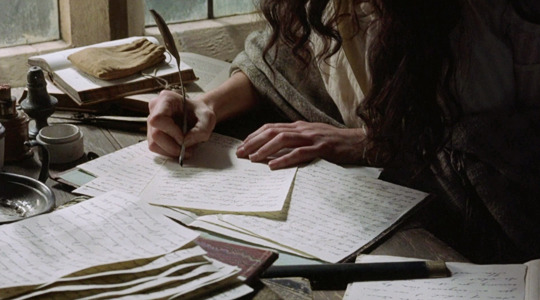
First of all, writing in the journal made me aware of the beauty of everyday life which surrounds me; beauty of simple things, walks by the river, birds, flowers, beauty of changes and passing of seasons. Also, reading Rilke’s letters further inspired me to seek Beauty all around me, here is something he wrote in “Letters to the Young Poet”: ”If your daily life seems poor, do not blame it; blame yourself, tell yourself that you are not poet enough to call forth its riches; for to the creator there is no poverty and no poor indifferent place.” And then, after being aware of all the beauties around oneself, a wave of joy and gratitude overwhelms you. Even if I feel sad or melancholy, I still rejoice in the fact that I am capable of feeling it, that I am alive to experience it. Writing in my journal also showed me how special my life actually is, how rich and filled with art, beauty, joy, new discoveries and creativity. And through that, I ceased to be envious of other people’s lives, imagining they are better. Well, I still do that from time to time, but keeping a journal made me put more effort into living my life because if my day is boring and empty, I won’t have something to write about. So, I started making everything special, turning a boring afternoon in my room into a glamorous occasion. I made it special, no one else did, it didn’t come from outside and therefore it cannot be taken away from me. It was in me all along; the power to transform my seemingly boring reality into a magical one. In my writing, I created a world for myself, where I could live and breath, the way Anais Nin says, and I stopped expecting something to happen from the outside world.
It’s your life, your only life and you’ve gotta to make it special, you’ve gotta fill it with beauty, for no one else will do it for you. It’s on you to put on rose-tinted glasses and see the world in a rosier shade. I am not promoting shallow artificial happiness but rather a more sensitive awareness to both beauty and transience of our lives; no matter how much we weep, we cannot save a flower from withering, but we can enjoy its beauty with a smile, and enjoy it with the same rapture every time. I encourage you all to take a notebook and filled it with beauty! It’s a moment of contemplation every day, just five minutes is enough, but as pages fill and fill, you will see how rich your life actually is. When I flip through my old journals from time to time, I see how I turned my past into a fairytale by finding beauty in each day. Of course, there are empty pages, where the skies were grey or my heart felt gray, but that is life too.
Tags: Anais Nin, Beauty, beauty of everyday life, diary, Everyday life, feelings, gratitude, journal, journaling, joy, keeping a diary, transforming your life, words, writing
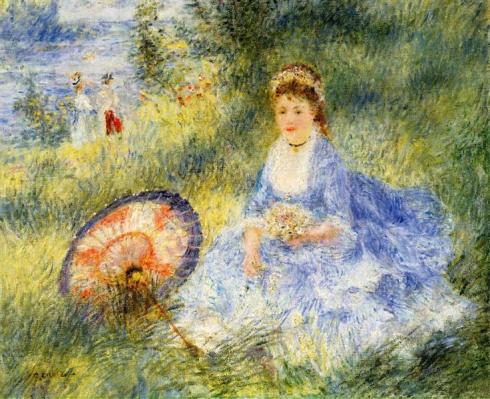 Renoir, Young Woman with a Japanese Umbrella, 1876
Renoir, Young Woman with a Japanese Umbrella, 1876


